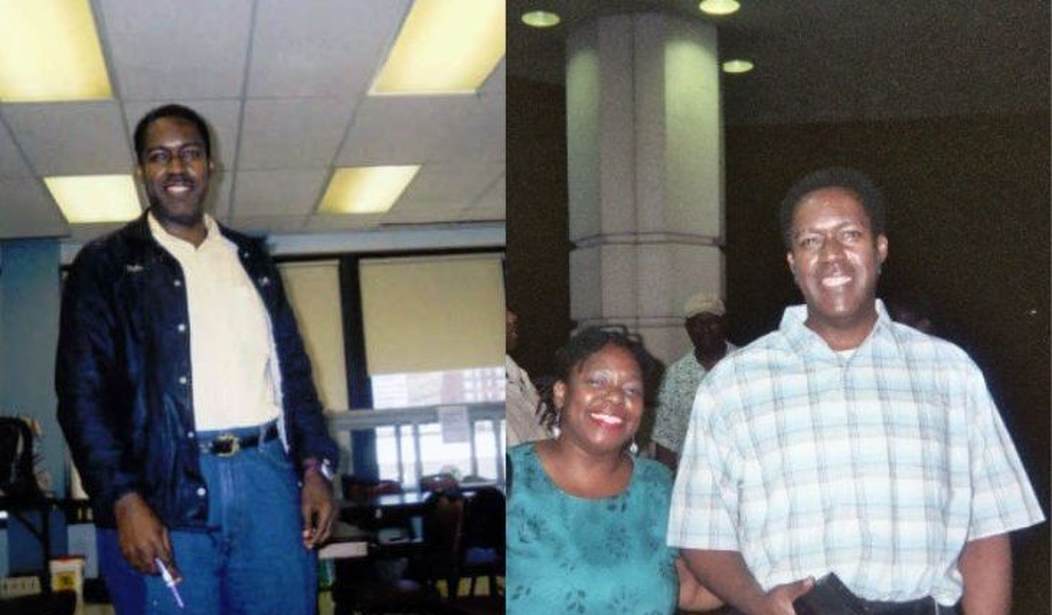I have a brother and a sister who suffer from epilepsy, and in more ways than one, it has been debilitating for their lives. Their diagnoses happened during the early ’70s, when little was understood about the brain, let alone what happens when someone suffers a seizure. So, beyond Dilantin and Phenobarbitol, there wasn’t much else out there that could help them control the seizures. My sister ultimately died because of the disorder. My brother was diagnosed at 12 years old, and he turns 61 on Saturday. He struggled greatly as a teenager, and as a young adult and into adulthood has been forced to live a limited life. While his seizures have not dissipated, they are managed and controlled with some of the newer medications.
This is probably why I am always fascinated with the medical interventions and efforts that seek to find better management and cures for epilepsy. My brother is a senior citizen now, but there is still a chance that his quality of life might be improved for the first time in almost 50 years through some of these medical breakthroughs. This week’s Feel-Good Friday highlights epilepsy awareness, but also two forms of the latest surgical interventions.
According to the Epilepsy Foundation:
- 1 in 10 people will have a seizure and 1 in 26 will develop epilepsy during their lifetime.
- There are 3.4 million people living with epilepsy in the United States; 470,000 of them are children.
- Epilepsy is a neurological disorder that can affect any one of us regardless of race, age, or gender.
- Seizures are a symptom of epilepsy. Not all seizures are the same. Many people with epilepsy have more than one type of seizure.
It has been speculated that Republican Senator Mitch McConnell (KY) may have suffered a seizure at the podium a few days ago when he froze in place. McConnell recently suffered a fall that no doubt caused some damage, and some of that may have been neurological. This neurological deterioration is not just a symptom of damage and aging. Many young children suffer from the disorder, like young Britisher Nathan Wood.
#FeelGoodFriday | Recently, we performed a groundbreaking new epilepsy treatment for the first time at Alder Hey on 16 year old Nathan from Macclesfield 😄 He was diagnosed aged 9 and has been care for by our amazing epilepsy team. pic.twitter.com/yF06rOvLhO
— 🏥 Alder Hey 💙 (@AlderHey) July 21, 2023
A teenager with epilepsy has celebrated his 16th birthday – just days after undergoing a groundbreaking form of brain surgery aimed at stopping his seizures.
Nathan Wood, from Macclesfield, Cheshire, was the first patient at Liverpool’s Alder Hey Children’s Hospital to have the new procedure.
It is one of just three hospitals in the country to offer the procedure, which destroys the area of the brain where seizures begin using pinpoint accuracy.
Nathan said that the procedure was “a really promising option that hopefully would change my future.” That future could allow him to learn to drive and obtain a license, marry and have children without fear of passing on something genetically (this is one of my brother’s regrets), or travel outside of his hometown or country.
Nathan celebrated his 16th birthday just days later, and he is being closely monitored. But should the procedure have been successful, he will remain seizure-free for the first time in seven years and have a new world of possibilities open to him.
While increased knowledge and pharmaceutical breakthroughs allow some individuals who suffer from epilepsy to lead more stable lives, about a third of those who suffer from the condition are resistant to pharmaceuticals. A brain implant called the RNS System seeks to help this type of patient. The device helps the brain to recognize the patterns and location of seizures and sends a signal to the brain to make them stop. That’s pretty amazing.
It is a smart device, AI-enabled, which means it keeps learning. Kind of scary on the one hand, but on the other hand, an example of how this technology can be used for the good. The implant was approved by the FDA in 2010 but has not received wide usage. In 2021, Michael Francis told his story of undergoing the procedure and how it changed his life.
Michael Francis had uncontrolled, drug-resistant seizures. He wasn’t able to work, he couldn’t have a license to drive and he said it was starting to take away part of his identity.
“You know, former law enforcement, I was a trained driver as part of my job,” Francis said.
He was diagnosed with epilepsy in 1999. Then, when a brain implant was FDA-approved in 2010, Francis jumped at the opportunity.
A nine-year study on patients like him shows the device works well to control seizures. In Francis’s case, he said he’s seizure-free.
Francis was able to get back his quality of life and independence, including getting a driver’s license again. Francis and young Nathan Wood have been able to experience hope and a new lease on life through these brave new procedures.














Join the conversation as a VIP Member